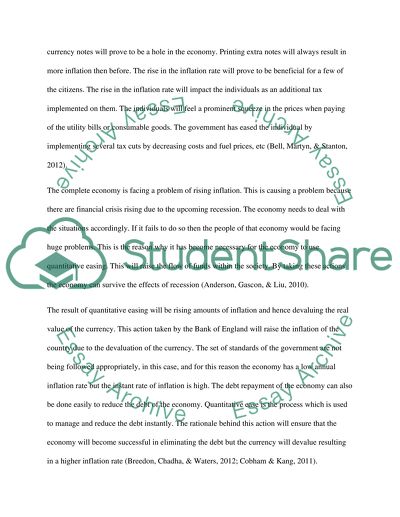Cite this document
(“Explain how the Bank of England tries to manage inflation and discuss Essay”, n.d.)
Explain how the Bank of England tries to manage inflation and discuss Essay. Retrieved from https://studentshare.org/macro-microeconomics/1473178-explain-how-the-bank-of-england-tries-to-manage
Explain how the Bank of England tries to manage inflation and discuss Essay. Retrieved from https://studentshare.org/macro-microeconomics/1473178-explain-how-the-bank-of-england-tries-to-manage
(Explain How the Bank of England Tries to Manage Inflation and Discuss Essay)
Explain How the Bank of England Tries to Manage Inflation and Discuss Essay. https://studentshare.org/macro-microeconomics/1473178-explain-how-the-bank-of-england-tries-to-manage.
Explain How the Bank of England Tries to Manage Inflation and Discuss Essay. https://studentshare.org/macro-microeconomics/1473178-explain-how-the-bank-of-england-tries-to-manage.
“Explain How the Bank of England Tries to Manage Inflation and Discuss Essay”, n.d. https://studentshare.org/macro-microeconomics/1473178-explain-how-the-bank-of-england-tries-to-manage.


